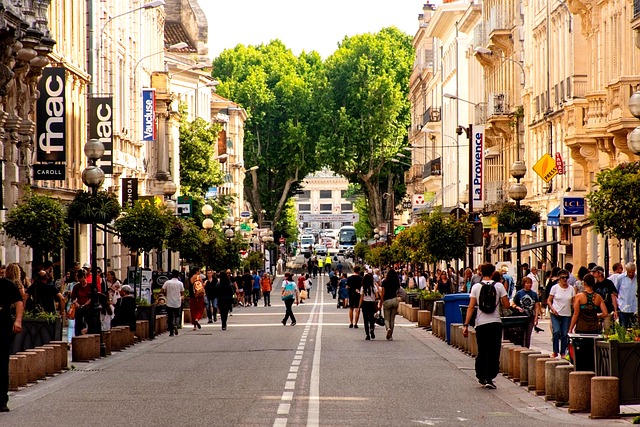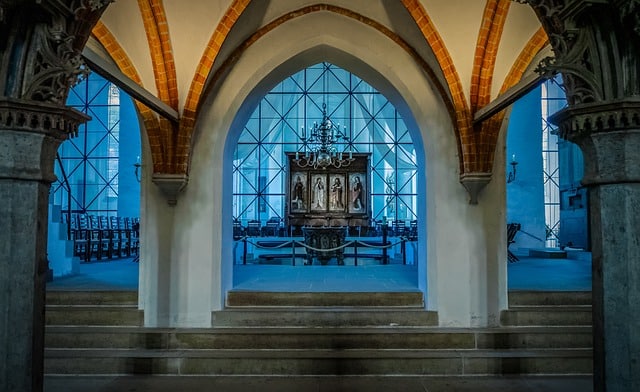
Freedom of movement is the right to move on public roads.
Ambulatory qualifies that linked to the act of wandering (walking aimlessly ). This word, which belongs to the category of adjective , came to our language from the late Latin deambulatorium , which can be translated as “gallery.”
freedom of movement
Freedom of ambulation is the right of a person to leave the place where they are to move to another place. This means that no individual can be detained or detained except in cases where the law expressly establishes it.
Suppose a young man is walking down the street. A police officer does not have the power to interrupt his passage, put him in a patrol car and lock him in a police station for that simple action, since if he did so he would be restricting the boy's freedom of movement. On the other hand, if that same young man walks down the street with a revolver in his hand, there is a legal justification that enables a police officer to prevent him from continuing to wander .
Although this must be met under normal conditions, there are exceptions in which governments can justify a restriction of this and other fundamental rights. Such is the case of a state of alarm , caused by some situation that puts the life or health of citizens at risk if they circulate on public roads with complete freedom.
An example from recent world history took place with the coronavirus pandemic: in addition to the mandatory use of a mask, in various cities time limits were imposed for movement on the streets or even a ban on going to the beach or holding private meetings. It is very difficult for the authorities to maintain order in a case like this, since many people oppose such a strict measure. But freedom of movement could spread a virus throughout the territory in a matter of days.
In architecture
An ambulatory is a walkable area that is located behind the presbytery (the place of a Catholic church before the main altar) and allows access to other chapels that are in the apse (the area of the temple that is at the head, where it is the altar). It is also known as ambulatory . The ambulatory, in this way, makes it possible to circulate between the main altar and the apse.
This meaning falls within the scope of architecture , particularly Romanesque , a style that predominated in Western Europe between the 11th and 13th centuries. The origin of ambulatories dates back to the Middle Ages . Then, with Romanesque art, they became common in pilgrimage churches. During the rise of Gothic they also maintained their popularity.

The ambulatory speeds up circulation through the church, around the altar.
Thanks to the ambulatory, crowding in the temples where pilgrims used to go to venerate relics was minimized. This space functions as a corridor. Not only did it provide adequate fluidity for the faithful to tour the churches and pass through all the desired points, but also so that they did not interrupt the celebrations that were taking place in the main chapel.
Generally, we can see the presbytery at the head of the nave, and then the main chapel , with the main altar inside, in a polygonal or semicircle-shaped space. In a layout like this, it is normal for the ambulatory to be formed by extending the side naves that surround the apse from the outside. In some cases, these are not separated by a wall, but rather by arches to enhance the agility of their circulation. In the same way, it is also common that apsidioles (smaller apses) were built around the ambulatory, with a small chapel in each of them.
